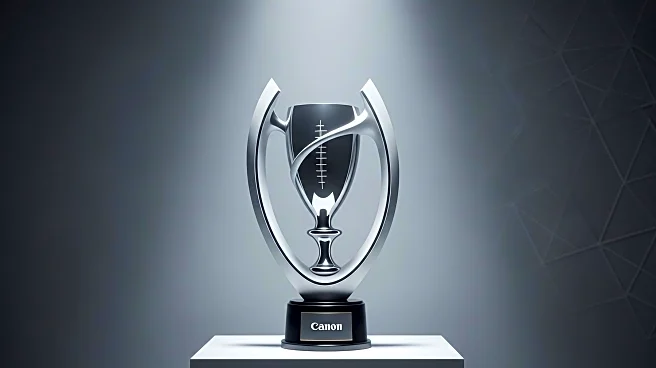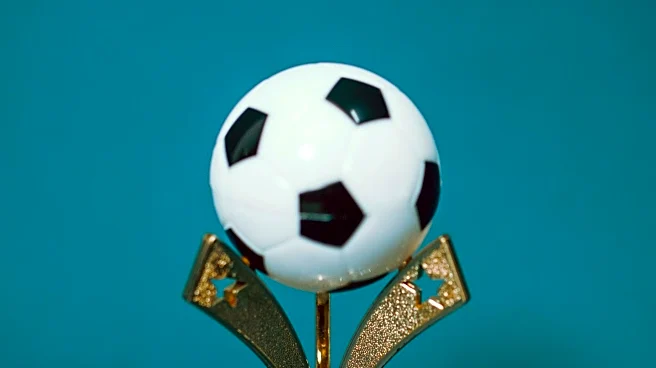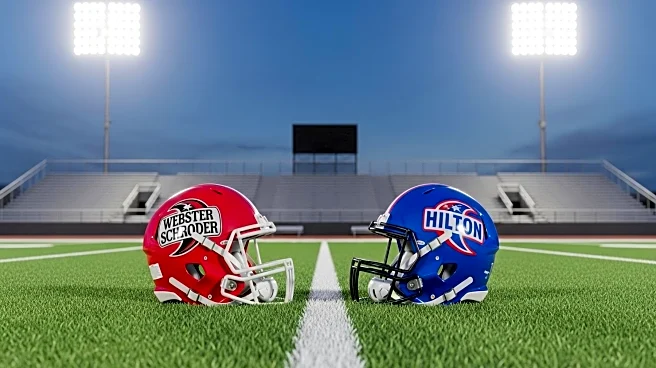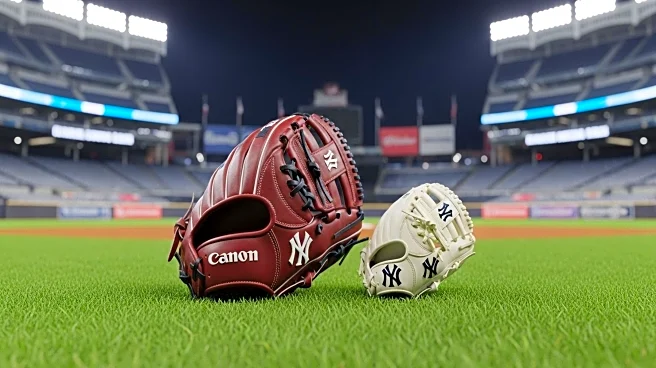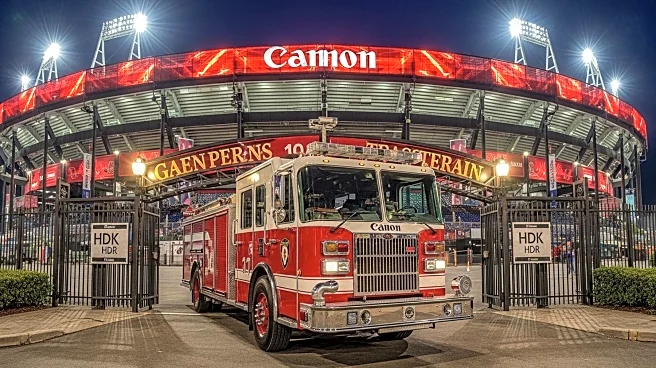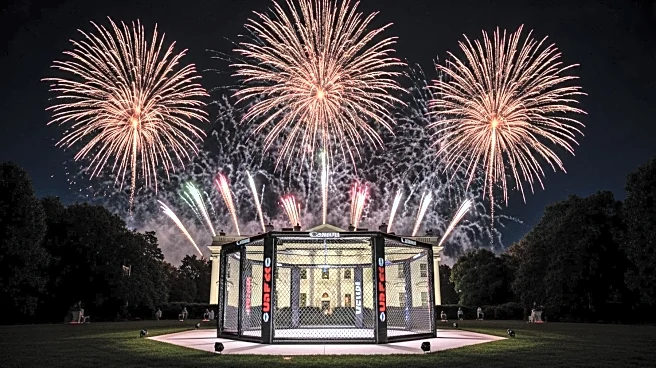What's Happening?
A discussion has emerged regarding the aesthetic appeal of sports trophies, with many questioning why they often appear unattractive. The debate highlights the tendency for trophies to prioritize size and spectacle over design aesthetics, aiming to signify the importance of a tournament. Some argue that the focus on making trophies look valuable without being valuable leads to garish designs. Others suggest that traditional trophy designs, like the FA Cup, set a high standard, making deviations appear gimmicky. The conversation also touches on the cultural significance of trophies, such as the Stanley Cup, which is valued for its historical legacy.
Why It's Important?
The aesthetics of sports trophies reflect broader cultural values and the commercialization of sports. Trophies serve as symbols of achievement and prestige, influencing how sports events are perceived by participants and audiences. The debate on trophy design raises questions about the balance between tradition and innovation in sports culture. It also highlights the role of design in enhancing the emotional and historical significance of sports achievements, potentially impacting how future trophies are conceptualized and crafted.
Beyond the Headlines
The discussion on trophy aesthetics may lead to a reevaluation of design priorities in sports, encouraging a focus on craftsmanship and cultural symbolism. This could result in a shift towards creating trophies that not only represent victory but also embody the spirit and history of the sport. The conversation may also inspire collaborations between designers and sports organizations to develop trophies that resonate with both athletes and fans.
